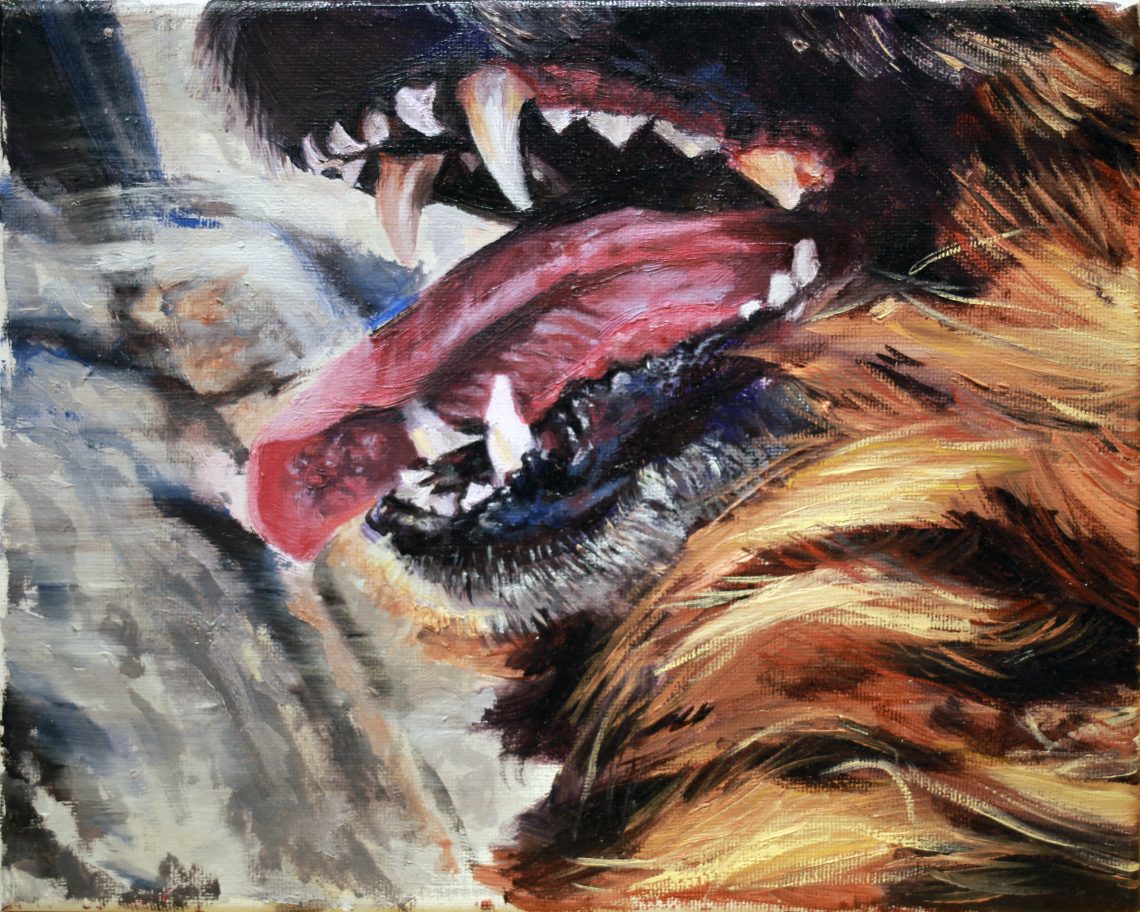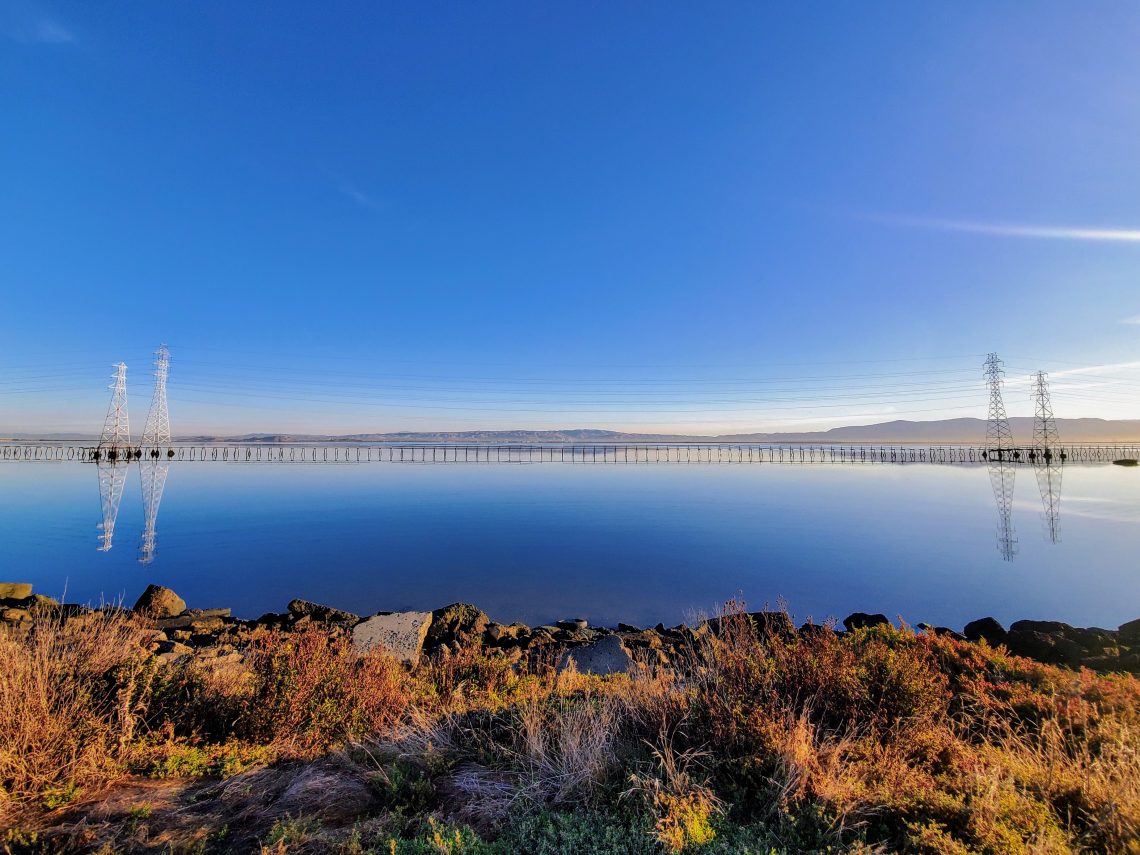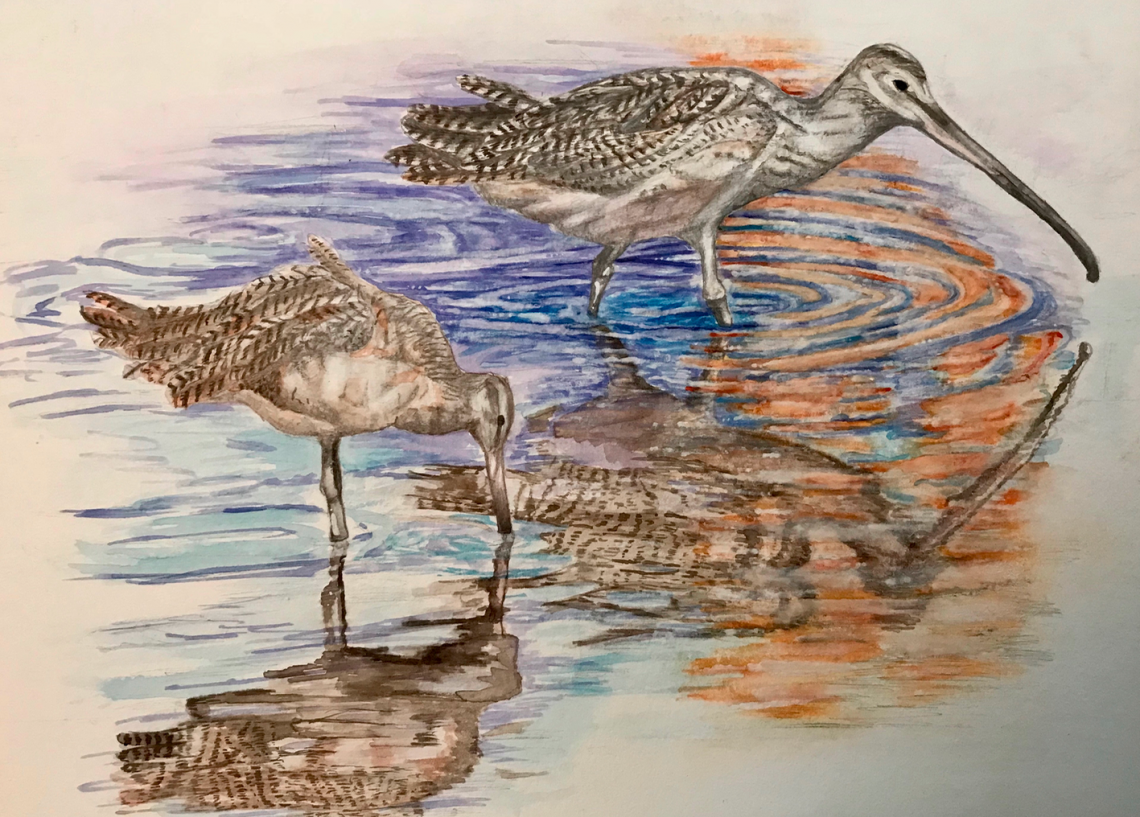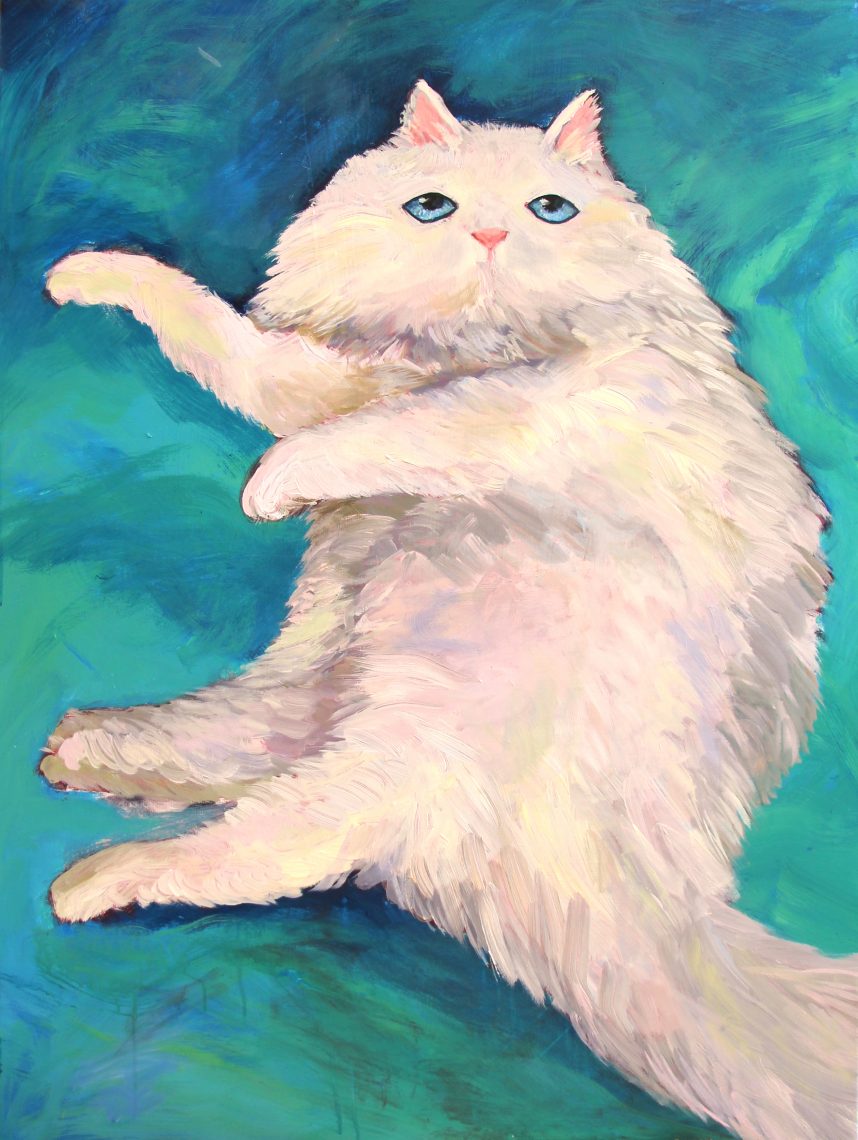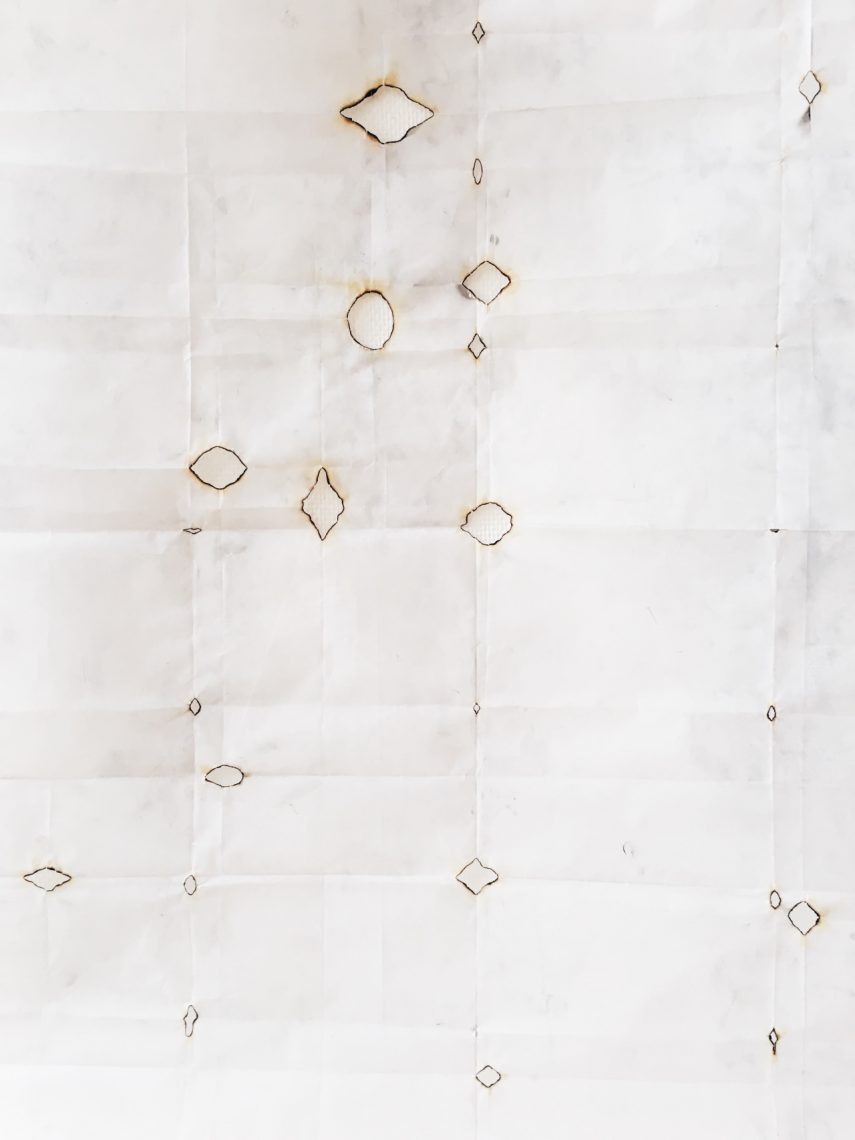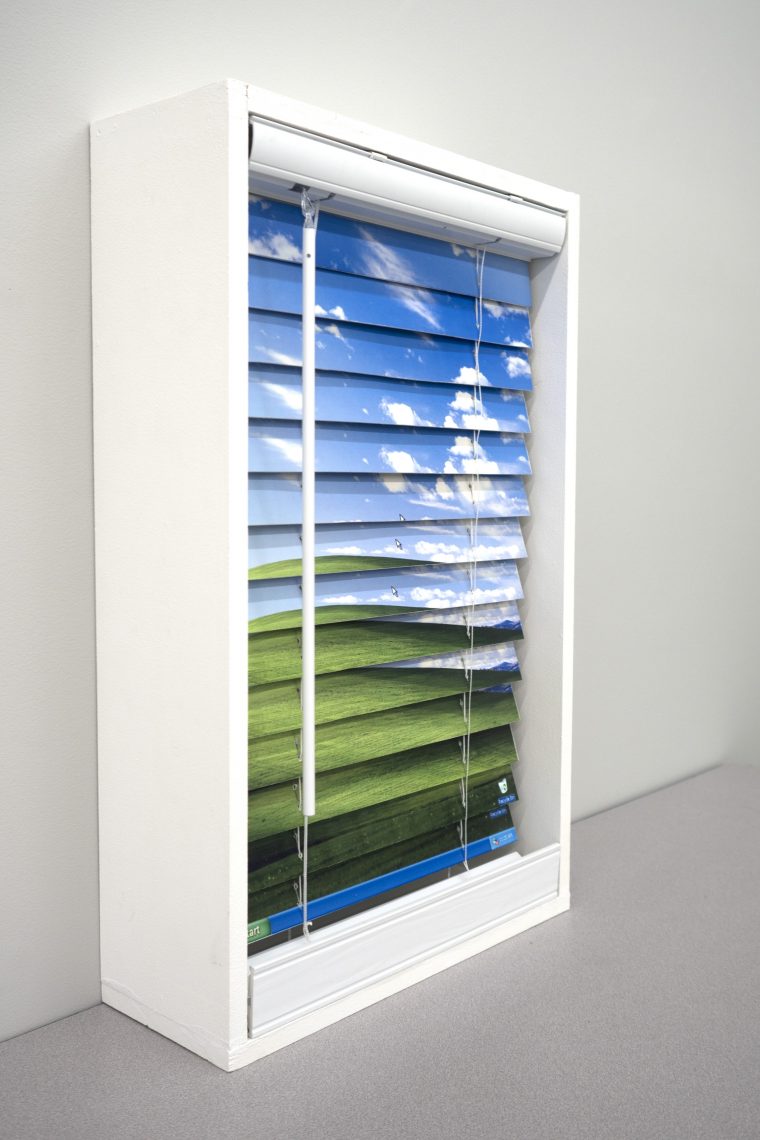For the 2019-2020 academic year, the Stanford Arts Institute will continue work on a new project called Creative Cities. Seeking to advance and understand the historical and future roles of art in cities, our project fosters research, conversation, and artistic projects in urban settings. Using the city as the stage for inquiry, the project will post questions about the role of art in reimagining the urban sphere, creative economies, urban studies, the built environment, and more.
Building on a successful three-year postdoc fellowship program from 2016-2019, the Creative Cities Working Group examines the complex life of art in cities. The Working Group engages a broad array of Bay Area writers, thinkers, artists, and curators who are engaging critical thought at the nexus of art and urban life.
Creative Cities Working Group
The working group on Creative Cities is an invited group of scholars, artists, and curators from across the Bay Area who will meet regularly throughout the academic year to further their research and examine the relationship between creativity and urban places from a broad array of disciplinary perspectives. Stanford Arts Institute Faculty Director Peggy Phelan has invited Michael Kahan, co-director of the Program on Urban Studies at Stanford University, to lead these sessions.
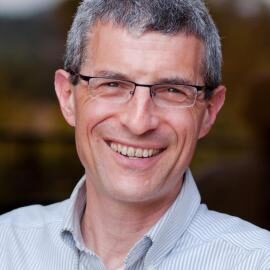
Michael Kahan
2019-2020
Michael B. Kahan is the co-director of the Program on Urban Studies at Stanford University, and a senior lecturer in Sociology. His interest in the historical transformation of urban space has led to publications on topics including the integration of streetcars in the 1850s, sanitation reform in the 1890s, the geography of prostitution in the 1910s, and redevelopment in California in the 1990s. He holds a B.A. from Yale and a Ph.D. from the University of Pennsylvania, both in history.
Working Group Statement of Purpose
"Cities have been hubs of creative expression and innovation for millennia. As sociologist Howard Becker reminds us, art is a collective activity, and cities supply many of the social needs—audiences, patrons, suppliers, markets, capital – that enable the creation, distribution, and consumption of art. Of course, cities are not always nurturing environments for creative production. City governments may regulate, harass, and censor; city land prices may be too high for artists to afford. But for better or worse, cities are more than just a background or a setting for art; they actively shape the creation and reception of art in countless ways."
Working Group Members
2019-20
Erina Alejo
Office of the Vice President for the Arts, Stanford University
Kiley Arroyo
Cultural Strategies Council
John Barton
Architectural Design, Stanford University
Tom Beischer
Architectural Design, Stanford University
Sukanya Chakrabarti
Theatre, San Francisco State University
Deland Chan
Urban Studies, Stanford University
Abby Chen
Asian Art Museum of San Francisco – Chong-Moon Lee Center for Asian Art and Culture
Janet Delaney
Independent Visual Artist
Lindsey Dillon
Sociology, UC Santa Cruz
Gordon Douglas
Urban and Regional Planning, San José State University
Ala Ebtekar
Art & Art History and Institute for Diversity in the Arts, Stanford University
Cynthia Garcia
Modern Thought & Literature, Stanford University
Julia Grinkrug
Architecture, California College of the Arts
Gina Hernandez Clarke
Arts in Undergraduate Education, Stanford University
Michael Kahan
Urban Studies, Stanford University
Ian Klaus
Chicago Council on Global Affairs
Marci Kwon
Art & Art History, Stanford University
S. Topiary Landberg
Film & Digital Media, UC Santa Cruz
Jason Luger
Environmental Design, UC Berkeley
Trena Noval
Fine Arts, California College of the Arts
Grant Parker
Classics and African Studies, Stanford University
Ato Quayson
English, Stanford University
Rose Salseda
Art & Art History, Stanford University
Meg Shiffler
San Francisco Arts Commission
Joshua Stein
Radical Craft
John Zarobell
International Studies, University of San Francisco
Kathy Zarur
Visual Studies, California College of the Arts
Working Group Schedule of Meetings
Participation in the Creative Cities Working Group is by invitation only.
Upcoming Talks
May 7, 2020
Cynthia Garcia
"A World Not (Yet) to Come: Chicanx World-Making in the Age of Neoliberal Capitalism"
Recent Talks
April 16, 2020
Ian Klaus
"The Post-Pandemic Urban Future is Already Here"
February 27, 2020
Gina Hernandez Clarke
"Murals of Casa Zapata"
February 6, 2020
Tom Beischer
"Recovering the Body: The Life, Death, and Resurrection of the Last Column"
January 16, 2020
Ato Quayson
"Orality and Writing: Vehicle Slogans and Inter-mediality in Accra"
November 14, 2019
Sukanya Chakrabarti
"Kalikata to Calcutta to Kolkata to London: Performing Multiple Publics in Between a Colonial Past and a 'Glocal' Present"
October 24, 2019
Meg Shiffler and Barbara Mumby Huerta
"Case Study: Removing the Early Days Sculpture and Responding with the American Indian Initiative"
October 3, 2019
Jason Luger
"'They're lovely creative kids:' Paternalism and elitism in the (post)colonial creative city"
Creative Cities Fellowship
Stanford Arts Institute hosted the Creative Cities Fellowship from 2016-2019 which brought together individuals with a strong record of scholarly research and/or creative work on the intersection of art and urban centers. Reaching across disciplines (such as economics, public policy, urban renewal) as well as artistic media, Fellows examined the role of art in cities, conducted research, and taught an undergraduate course during their year on campus.
The Creative Cities Fellowship was supported by the Office of the President.
Previous Fellows:
2018-19
Nicholas Gamso - Instructor, San Francisco Art Institute
Liberal Arts
Magie Ramírez - Assistant Professor, Simon Fraser University
Department of Geography
2017-18
Samuel Franklin - Postdoctoral Fellow, Delft University of Technology
Gülgün Kayim - Director of Arts, Culture and the Creative Economy
City of Minneapolis, Minnesota
2016-17
Andrew Herscher - Associate Professor, University of Michigan
Taubman College of Architecture and Urban Planning
Department of the History of Art
Department of Slavic Languages and Literatures
Johanna Taylor - Assistant Professor, Arizona State University
Herberger Institute for Design and the Arts






